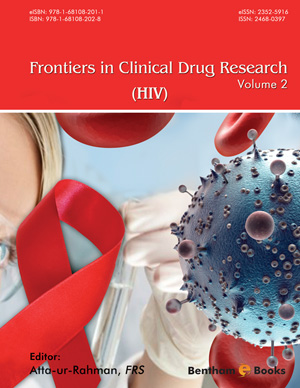Abstract
Acquired immunodeficiency syndrome (AIDS) could happen over a period of twenty years, this was first definition of disease entity that increased to greatness pandemic. The natural history of human immunodeficiency virus (HIV) infection is variable; however, the most infected individuals remain free of symptoms for 6-10 years after initial infection and bring into relation epidemic of apprehension was drawing their group and health care necessity. What was mostly done for HIV-patients and their families at the same moment was to ensure your suitable to afford at the same time health care and governed by emotion supports, despite express recognition our acknowledge infection. Actually, more than 30 antiretroviral drugs (not all are licensed or available in every country) were confirmed by Food and Drug Administration (FDA) and some others are under development and clinical trials. Despite major scientific efforts to find new cures and vaccines for HIV, hundreds or thousands of HIV-patients continue to die on a yearly basis, from secondary fungal infection. We urgently need to better understand the underlying immune-pathogenesis of HIV to enable better diagnosis and management in at-risk populations. The purpose of this chapter is to investigate the connections between demographic, familiarity and attitudes factors with HIV/AIDS, and emphasize the therapy tendencies on appointed years of emerging strategies.
Keywords: AIDS, attitudes, development, economy, future perspectives, historical therapy, HIV.






















